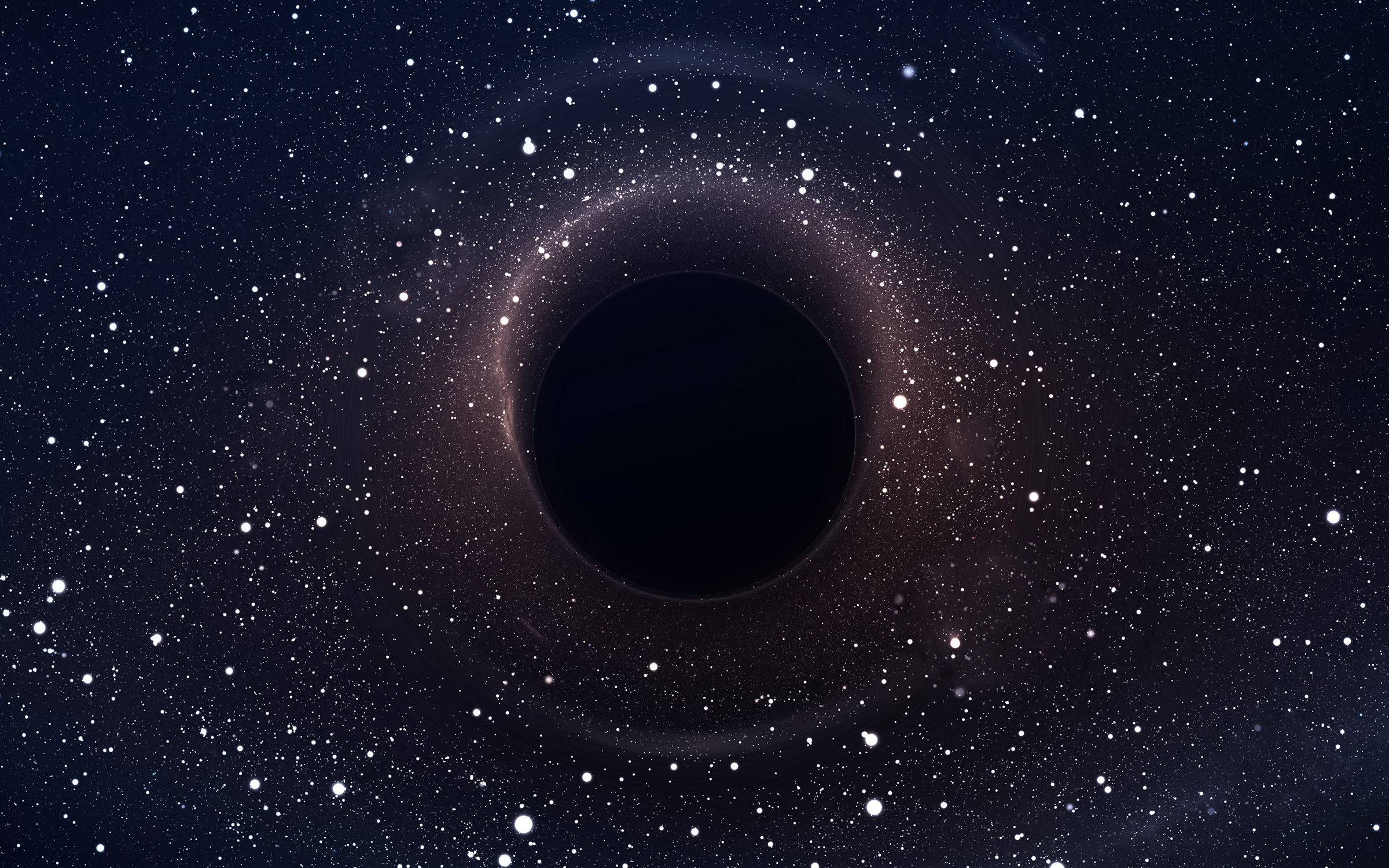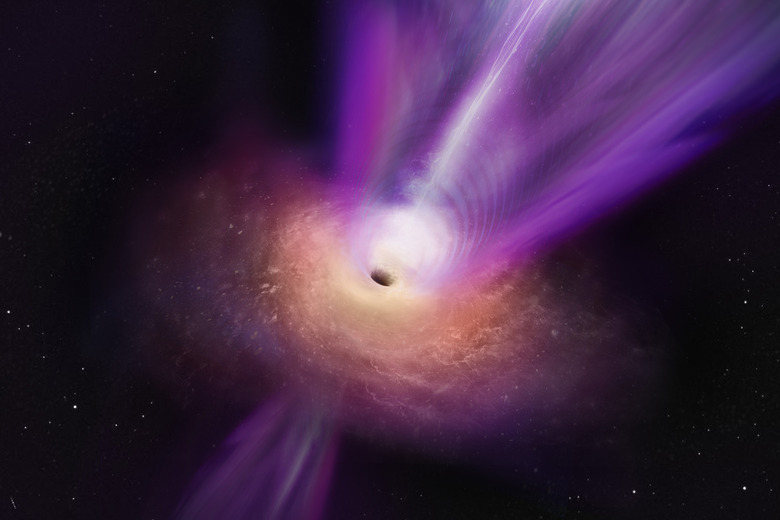Webb Spots Oldest Black Hole Ever Discovered
In a galaxy far, far away, an intriguing cosmic object resides, feeding on the remnants of the galaxy GN-z11. Located roughly 13.4 billion light-years away, this galaxy is home to the oldest black hole that we have ever discovered, and one believed to have existed at least 400 million years after the Big Bang that started it all.
This black hole, along with others found in the early universe, is a bit problematic for our current models of how supermassive black holes grow and evolve. See, as it stands now, it makes no sense to look this far back in time and see such massive black holes. The black hole within GN-z11 is estimated to be around six million times as massive as the sun.
Further, the oldest black hole that we've discovered thus far appears to be feeding on the matter from its surrounding galaxy, allowing it to grow up to five times more rapidly than the current theories suggest one can grow. Like I said, it's a bit problematic in that regard.

The black hole was first spotted by the James Webb space telescope. After studying it some, it appears that the black hole is going to continue to force us to question what we thought we knew about these cosmic objects, especially the ones that existed in the early universe.
Scientists believe there are at least two different ways these objects can evolve and grow this massive. The first is, of course, to be born from a collapsing star and then take millions upon millions of years to feed on matter and grow. Others, they believe, may form when too much dust and gas collapse, immediately creating what they call a heavy black hole seed.
These seeds are able to grow, evolve, and expand much more rapidly. And that may be what helped spur the oldest black hole we've discovered so far to reach the size that we've observed it at, despite it being so old and only having 400 million years to grow after the Big Bang.
But this supermassive black hole is feeding much quicker than expected, as I noted above. As such, scientists believe it might not have even had to start as a heavy seed to reach the levels that we're observing now. If that is so, then it is completely baffling and questions everything we currently know about these mysterious cosmic objects. Thankfully, it isn't a rogue black hole.
